Keg de Souza
Venue
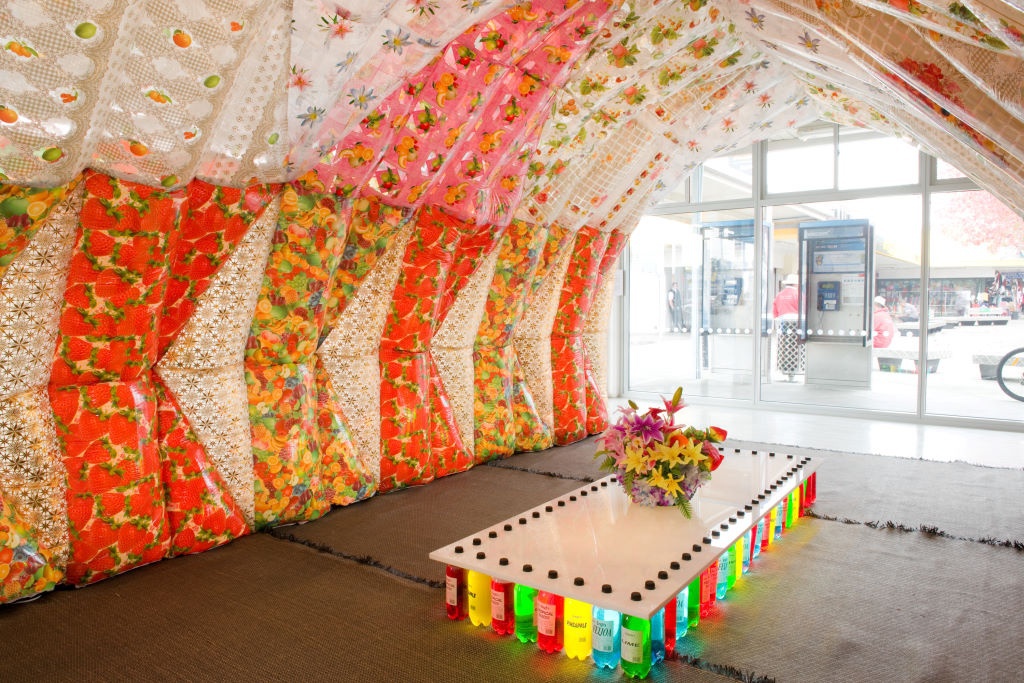
Tropical Thunder,2013

Tropical Thunder,2013
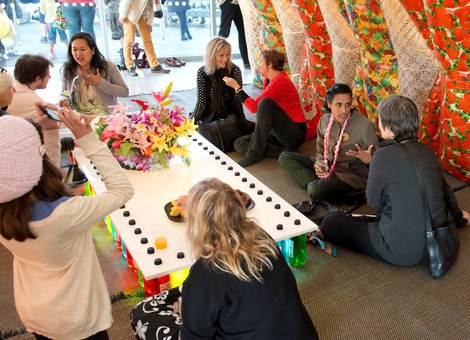
Tropical Thunder,2013
Born 1978, Perth, Australia Lives and works Sydney, Australia
Keg de Souza is an inter-disciplinary artist who works across mediums including video, artist’s books, printmaking, inflatable architecture, installation and drawing. The investigation of spatial politics is central to de Souza’s work, as she focuses not only on the built environment but also social space. De Souza is involved in collaborative artistic projects and groups, such as the SquatSpace artist collective, the collaborative duo You Are Here, the Network of Un-Collectable Artists and the Rizzeria printmaking collective. Under the name All Thumbs Press she publishes hand-bound books and zines featuring her illustrations and writing.
http://www.allthumbspress.net/
Selected exhibitions (solo):
Gonflables et amuse-bouches, Darling Foundry, Montréal, 2012 Living Under the Stars, Urban Art Projects, Brisbane, 2012; Rosen-tales; Women’s Studio Workshop, New York, 2012; Ramble Through The Rocks, Offsite: MCA, Sydney, 2011; Whatever Floats Your Boat, Cockatoo Island Studios to Balmain, Sydney, 2010. Selected exhibitions (group): Social Networking, Gallery of Modern Art, Brisbane, 2012; Primavera 2011: Young Australian Artists, Museum of Contemporary Art, Sydney, 2011; Trama, Museu de Arte Contemporânea de Serralves, Porto, 2011; Designated Drivers, The Block Museum of Contemporary Art, Evanston, Illinois, 2011; The Right to The City (SquatSpace), Tin Sheds Gallery, Sydney, 2011.
'Tropical Thunder ... investigates the commercialisation of traditional practices...’
Anna Davis, Curator, Museum of Contemporary Art, Sydney
Tropical Thunder
2013
Fresh Gallery Otaraplastic tablecloths, fans, bottled soft drink, risograph printed maps
dimensions variable
courtesy of the artist
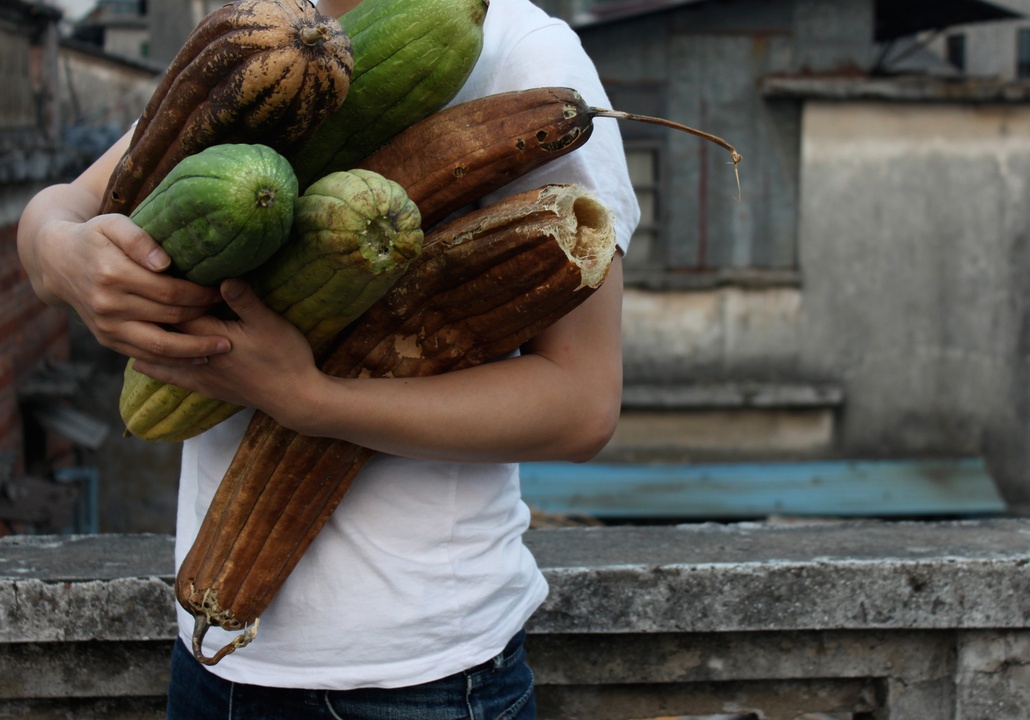
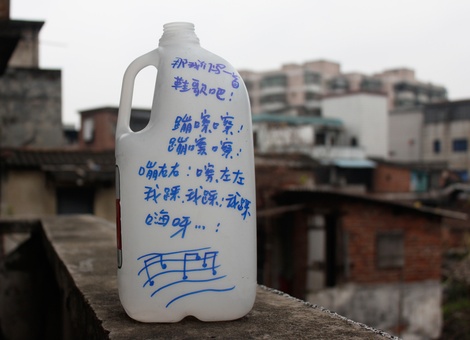

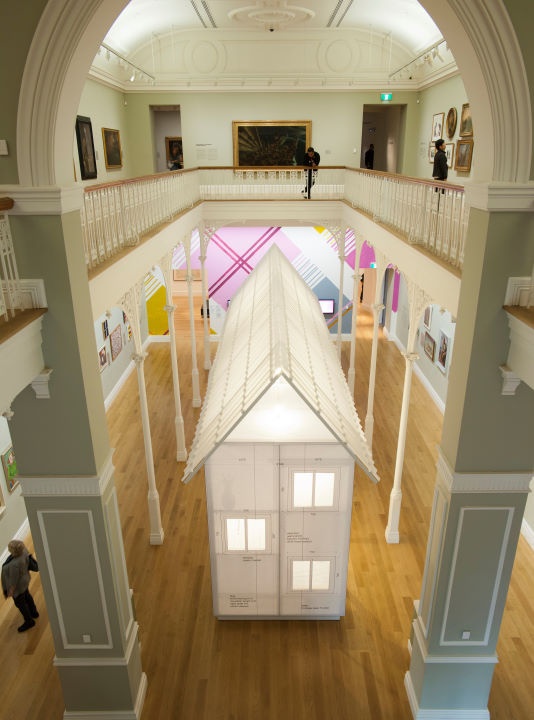


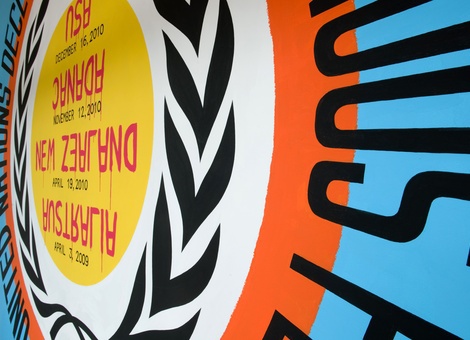


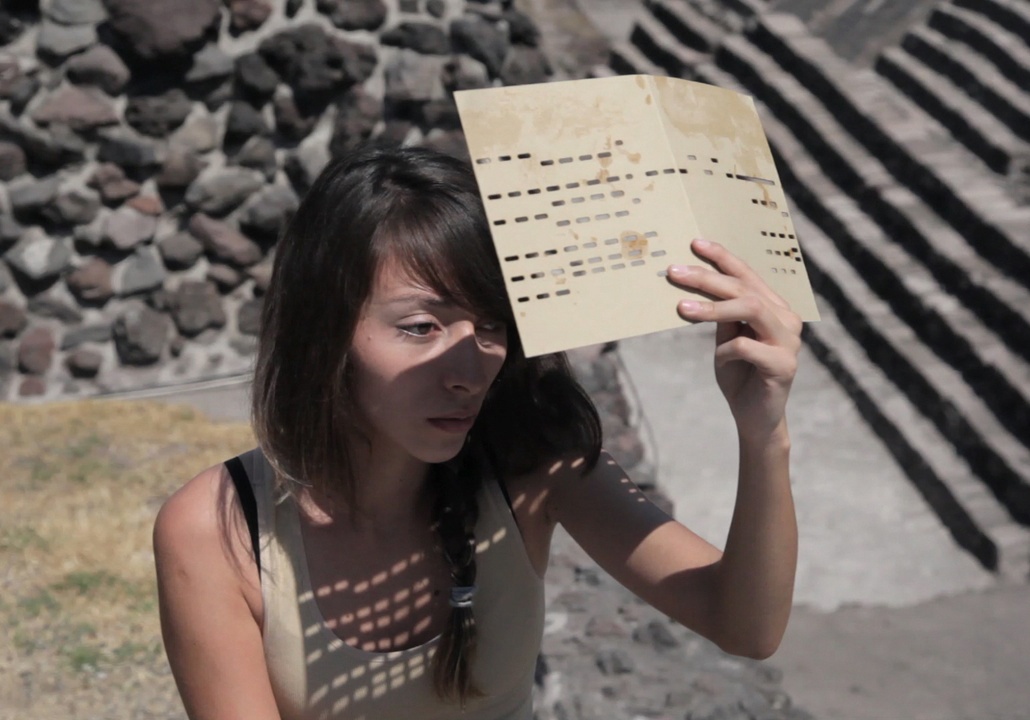

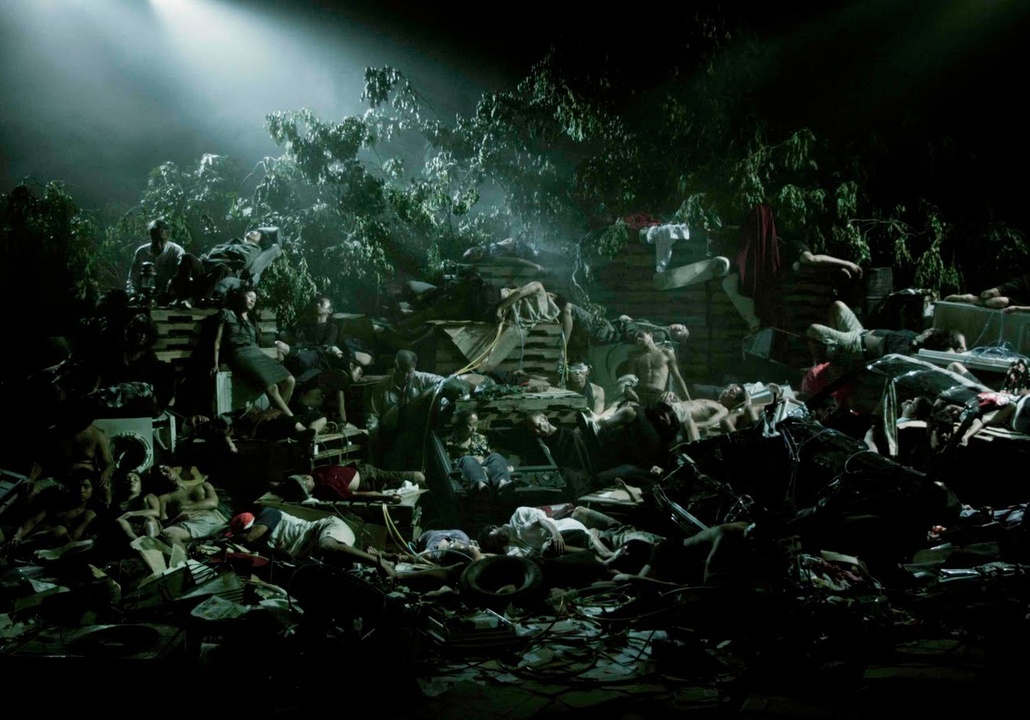
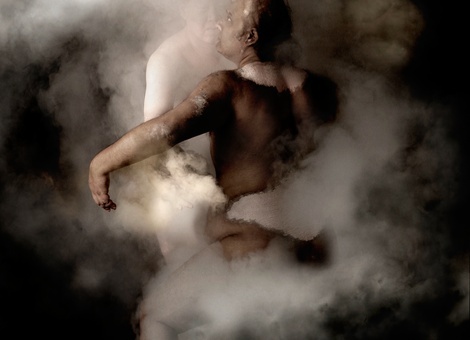
![test pattern [live set], 2008, photograph by Liz Hingley](/media/cache/a8/4a/a84ad52470801916c2979ab95304940f.jpg)
![A [for 6 silos]](/media/cache/2c/f4/2cf4a025b3b51f1fde293c244295a466.png)